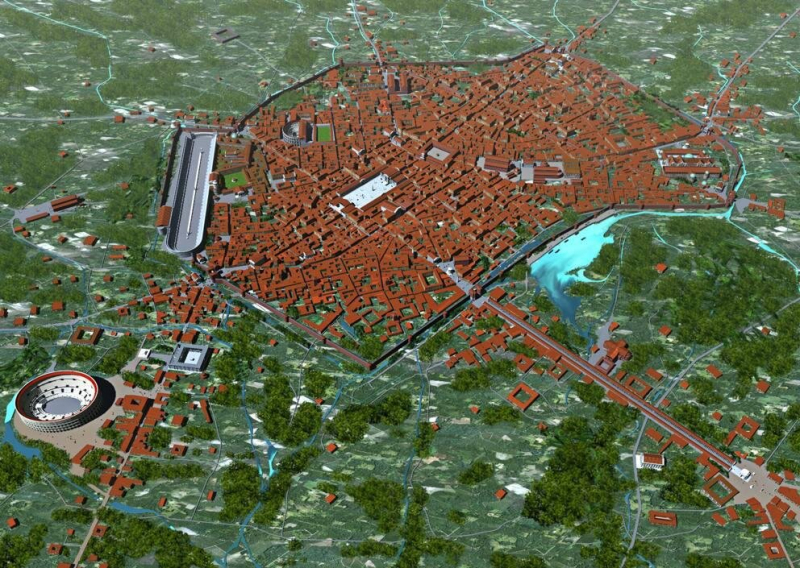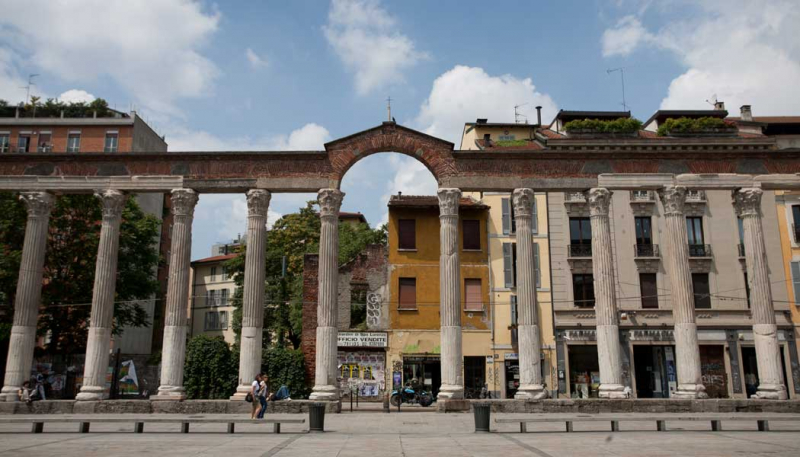Mediolanum - Milan
Milan was established by Celts from Insubria in approximately 600 BC. With a total area of 181.8 km2, it was once known as the city of Mediolanum, which was Latin for "in the center of the plain." Milan, an old city, once served as the Western Empire's capital. This was mostly because of its position and the sitting king. The emperor had considerable authority over the military since it was on the periphery of the empire, which also ensured security from potential Gallic attacks. St. Ambrose, who had enormous authority throughout the empire, also served as the city's ruler. One of the few, if not the only, emperors who were publicly permitted to oppose his authority and judgments was St. Ambrose. Today, parts of the emperor's palace and Roman fortifications may still be seen in Mediolanum, often known as Milan.
The Celtic tribes from Gaul constructed this city as an Insurbian metropolis circa 600 BC. It was taken over by the Romans in 222 BC. It later rose to prominence as one of the key cities of the Northern Italian-based Roman Republic. Its location on the periphery of the Empire gave the emperor greater control over the military, the ability to concentrate his power along the frontier with the so-called Gallic Empire, and the fact that it was home to St. Ambrose, who had significant influence over the empire. Even having the right to defy the emperor's authority, St. Ambrose did so. Additionally, it was well-known for its many noteworthy architectural structures, notably the renowned Milan Cathedral, a Catholic Church. Currently, this metropolis is Italy's second-largest city after Rome. 1.4 million people are living there.
















